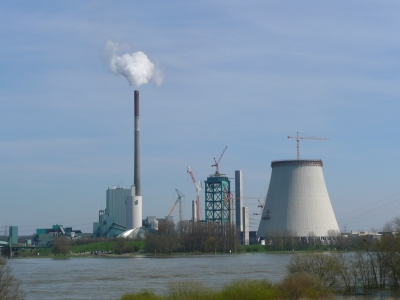“CEWEP firmly believes that investment in new or expanded WtE capacity should only take place in well justified cases, in full respect of the waste hierarchy. Our members are very carefully assessing the market before making any investment decisions”, says CEWEP’s President Paul De Bruycker.
In the last years, when discussing WtE for residual waste treatment, the notion of “lock-in” effect has often come up, suggesting that once a WtE plant is built, the surrounding regions will be inclined to recycle less and instead bring more waste to the WtE plant. In response to that CEWEP reiterates its support for responsible capacity planning that makes sure that no so-called “lock-in effect” is created by WtE.
There is currently no overcapacity of WtE on the European level. Nevertheless, on the local level there is sometimes more WtE capacity available than domestically needed. This is due to historical decisions based on forecasts for increased waste generation and the fact that WtE is an important tool for landfill diversion and sustainable local energy production, roles that remain important today.
The EU waste law that clearly sets ambitious targets for source separation and recycling has become a game-changer for waste treatment capacity planning. While it was difficult to have a good overview in the past, better forecasts can now be made for the capacities needed to treat the residual waste.
Today, public and private investors (who are also often owners of recycling and other waste treatment facilities) have the right tools to make safe and sustainable investments, as the EU legislation provides them with solid information and predictability of what is and will be available as feedstock for their investment.
The efforts for waste prevention, source separation and recycling as well as landfill diversion as set in the EU waste targets must be considered appropriately in the national/regional waste management plans, which are the basis for permits for WtE.
However, it is important to note that within the circular economy WtE capacity needs can only be judged by taking the whole feedstock into account. This is residual municipal waste as well as commercial and industrial waste.
Furthermore, growing emphasis on quality recycling means more rejects from recycling and sorting facilities. All these unrecyclable waste streams need secure, reliable and affordable treatment to avoid pollution spreading – a sanitary task that WtE fulfills. The only alternative for these waste streams would be landfilling, the last resort.











